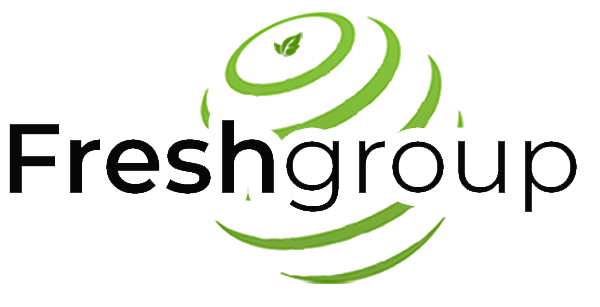Ensuring food safety is paramount for any food business owner, as unintentional contamination is a significant hazard that could render a food product unsafe. While no responsible owner would knowingly create risks in their food products, the reality is that poor handling practices often lead to food safety issues. This problem is directly related to the level of hygiene maintained in food processing facilities.
Proper training, regular hygiene checks, and strict adherence to safety protocols are essential in preventing contamination. In this article, we will highlight the three classes of hazards that could lead to food safety issues in your food product and how you can detect these hazards to prevent them from escalating to a food safety issue that could lead to product recalls and hurt your brand reputation.
Categories of Food Safety Hazards
Given the numerous risks that might jeopardize the integrity and safety of food items, food safety should be a top priority for your food business. Usually, these hazards are divided into three primary groups: chemical, biological, and physical.
Physical risks are foreign materials that, if consumed, might injure your product consumer, such as glass, plastic, or pieces of metal. Chemical hazards are substances that can cause poisoning or long-term health problems, such as pesticides, cleaning products, or food additives. Microorganisms such as bacteria, viruses, and fungi are the source of biological risks and can lead to foodborne diseases.
To ensure consumer protection and put in place efficient safety measures, it is important to comprehend these sorts of food safety hazards and detect them early before the product gets into the market.
Physical Hazards Detection
Several methods have been developed to detect physical hazards in food products. This ranges from the most traditional one that involves methods ranging from using visual inspection to advanced techniques like optical sorting technology that leverages cameras and sensors to identify and remove foreign objects based on their color, shape, and size. Other techniques that you can use in detecting physical hazards in your product are metal detectors which can be used to find and eliminate metallic contaminants such as ferrous, non-ferrous, and stainless-steel particles; and X-ray technique which can be used to detect a wide range of contaminants, including metal, glass, stones, and dense plastics, by using X-ray penetration.
Chemical Hazards Detection
Chemical hazards rarely occur during food production, but when they do, they can be effectively detected using various analytical testing techniques. Methods like gas and liquid chromatography, coupled with mass spectrometry, can be used to identify and quantify contaminants like pesticides and mycotoxins. You can use High-Performance Liquid Chromatography (HPLC) to detect synthetic dyes and additives, and Atomic Absorption Spectroscopy (AAS) to measure heavy metals. Advanced techniques such as Gas Chromatography-Mass Spectrometry (GC-MS) and Inductive-Coupled Plasma Mass Spectrometry (ICP-MS) can also be employed to identify volatile compounds and trace elements, ensuring comprehensive detection of chemical hazards.
Biological Hazard Detection
Biological hazards, especially microbiological are the leading cause of food safety concerns and so a lot of research has been funded to improve their detection in recent times. To detect biological hazards in your food products, you can use several effective techniques. Conventional microbiological testing, such as plate count and most probable number (MPN) methods is still in use. However, breakthrough methods like Polymerase Chain Reaction (PCR), Enzyme-linked Immunosorbent Assay (ELISA), Lateral Flow Immunoassays (LFIA), and Next-Generation Sequencing (NGS) among many other developments are now being used for the detection of biological hazards because of their sensitivity, specificity, and rapidness.
How effectively have your food safety plan captured and addressed all the food safety hazards that could arise in your production process? Do you believe that it needs to be updated to be comprehensive or you don’t yet have a food safety plan yet? Contact us at Fresh Group to begin your journey of getting a robust food safety plan developed for your food business establishment.
FSQ Writer: Oluwatobi Eniyandunmo
Reviewed by: Raphael Samson
Kindly reach out to Fresh Group Food Safety And Quality Consulting for any food quality and safety inquiries.




